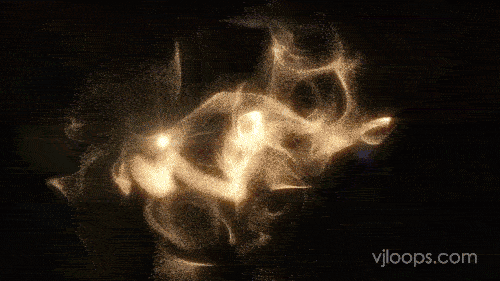
Back to News <<

This is a gold gif

This is another gold gif
Differentiating right- and left-handed particles using the force exerted by light
Researchers investigated the polarization-dependence of the force exerted by circularly polarized light (CPL) by performing optical trapping of chiral nanoparticles. They found that left- and right-handed CPL exerted different strengths of the optical gradient force on the nanoparticles, and the D- and L-form particles are subject to different gradient force by CPL. The present results suggest that separation of materials according to their handedness of chirality can be realized by the optical force.
Chirality is the property that the structure is not superimposable on its mirrored image. Chiral materials exhibit the characteristic feature that they respond differently to left- and right-circularly polarized light. When matter is irradiated with strong laser light, optical force is exerted on it. It has been expected theoretically that the optical force exerted on chiral materials by left- and right-circularly polarized light would also be different.
The research group at Institute for Molecular Science and three other universities used an experimental technique of optical trapping to observe the circular-polarization dependent optical gradient force exerted on chiral gold nanoparticles. Chiral gold nanoparticles have either D-form (right-handed) or L-form (left-handed) structure, and the experiment was performed using both. Although the optical gradient force acting on chiral nanoparticles was predicted theoretically, no observation of the force has been reported before. The research group succeeded in observing the optical gradient force originating from the chirality (i.e., the difference between the gradient force by left- and right-circularly polarized light), by optical trapping of the chiral gold nanoparticles.